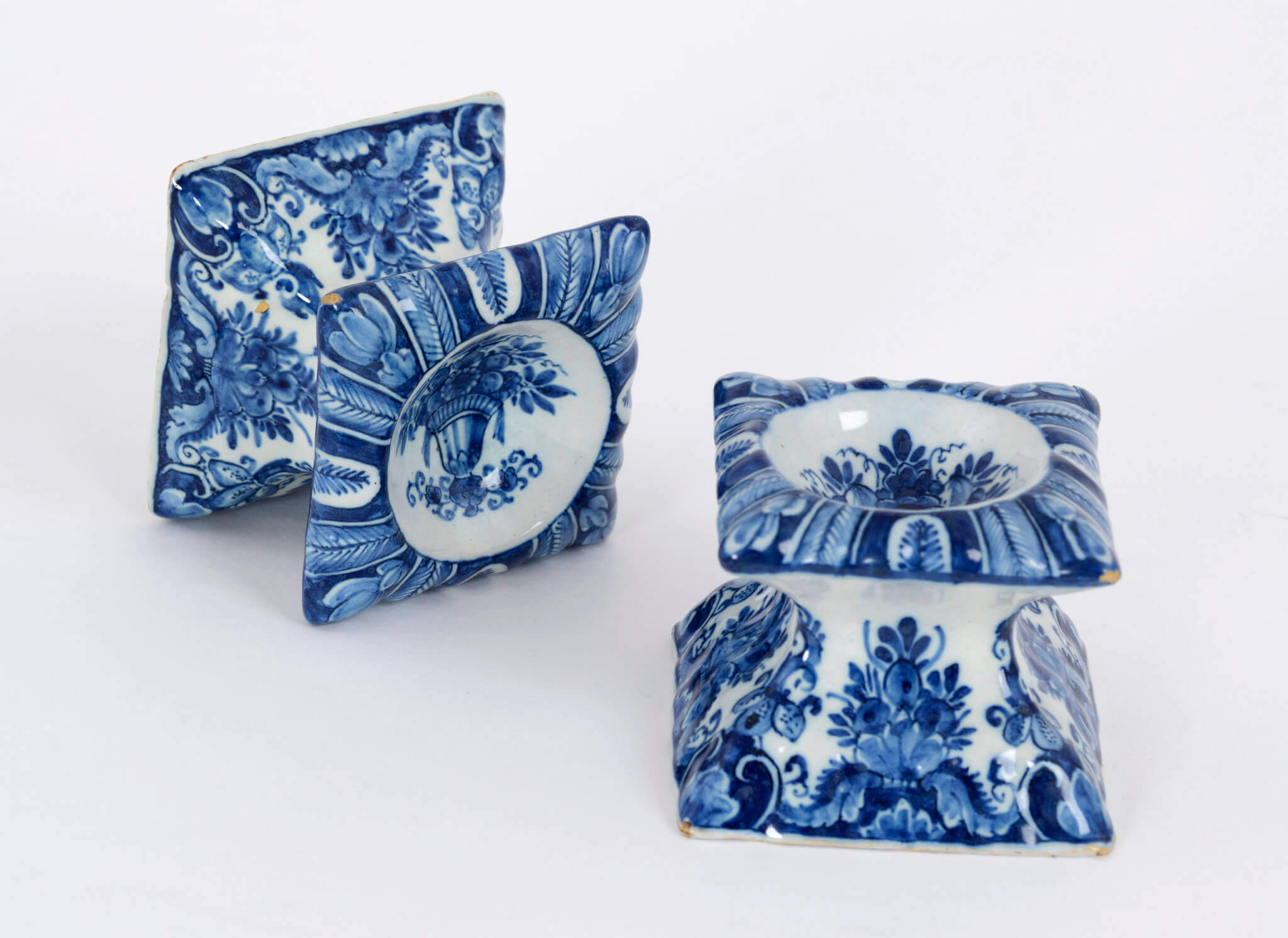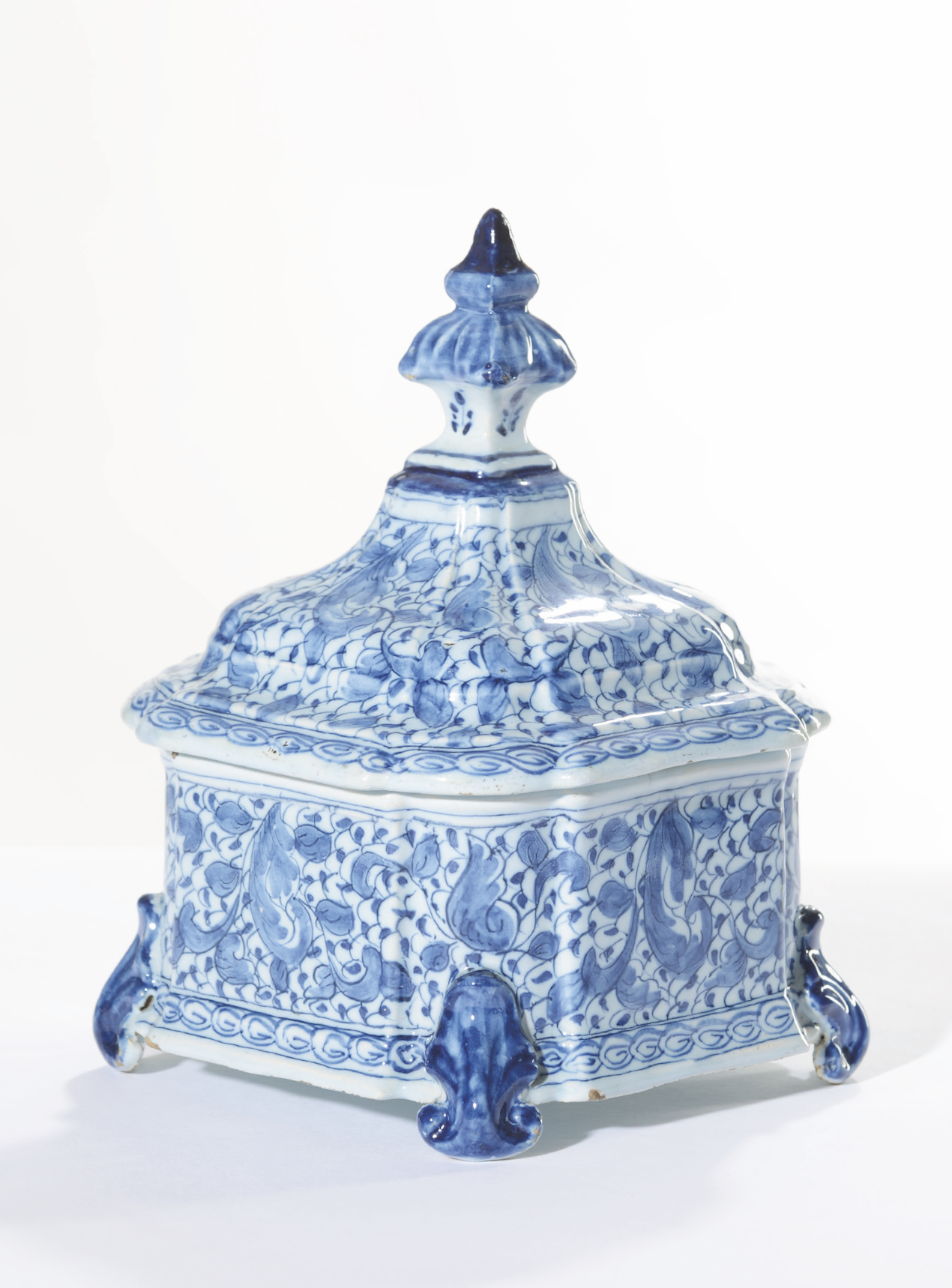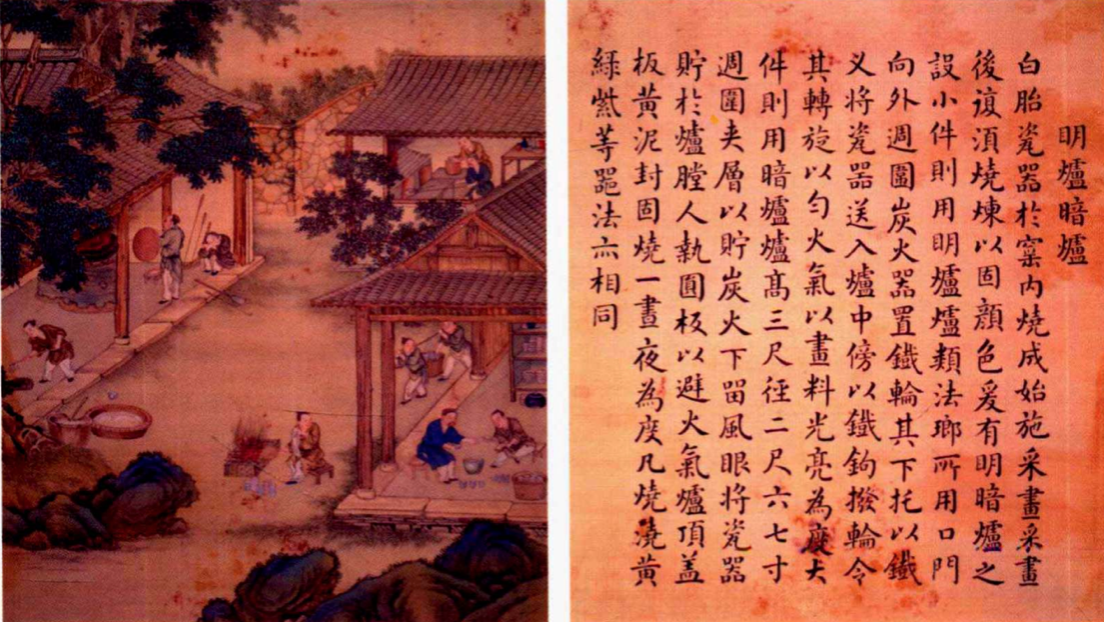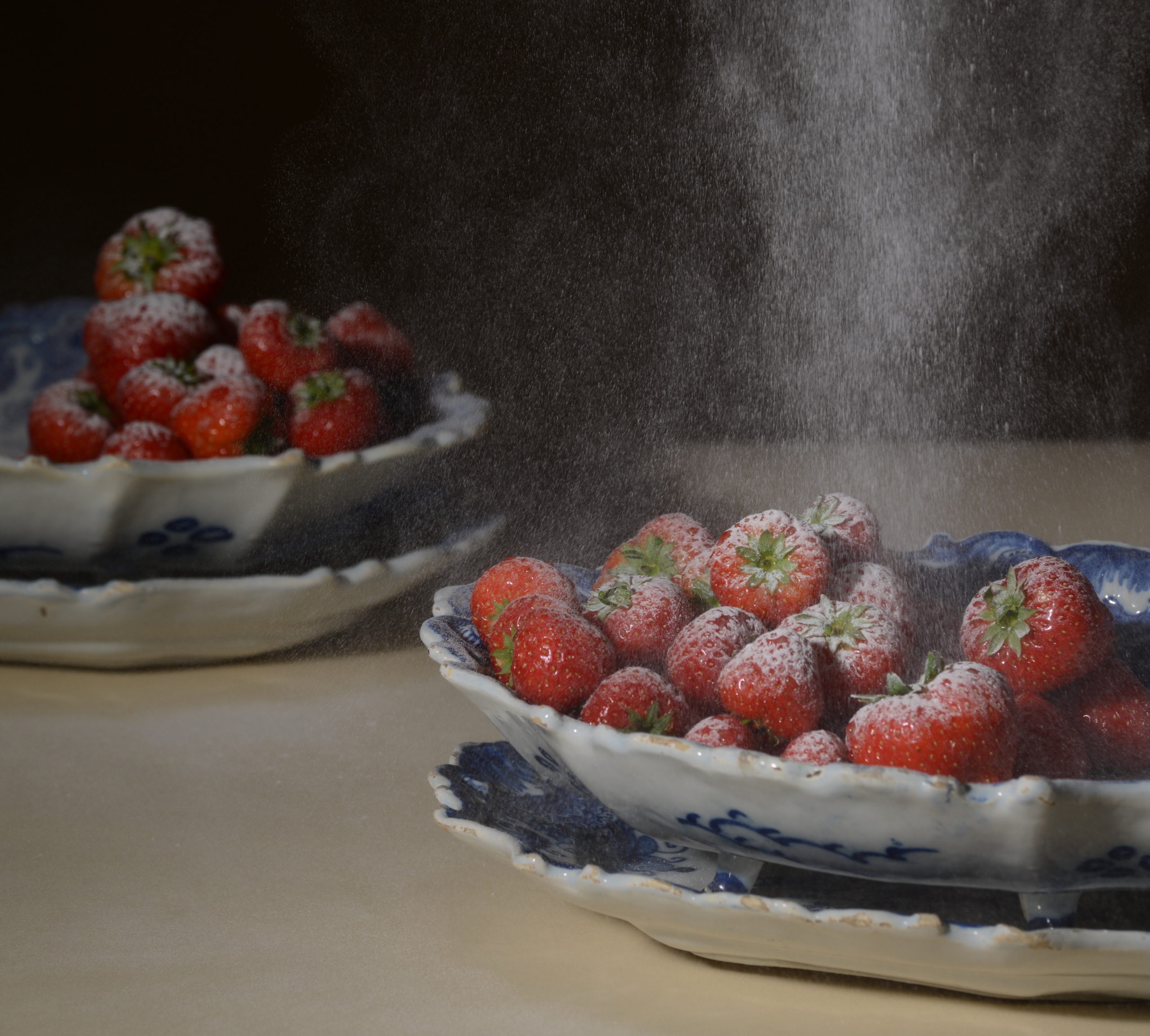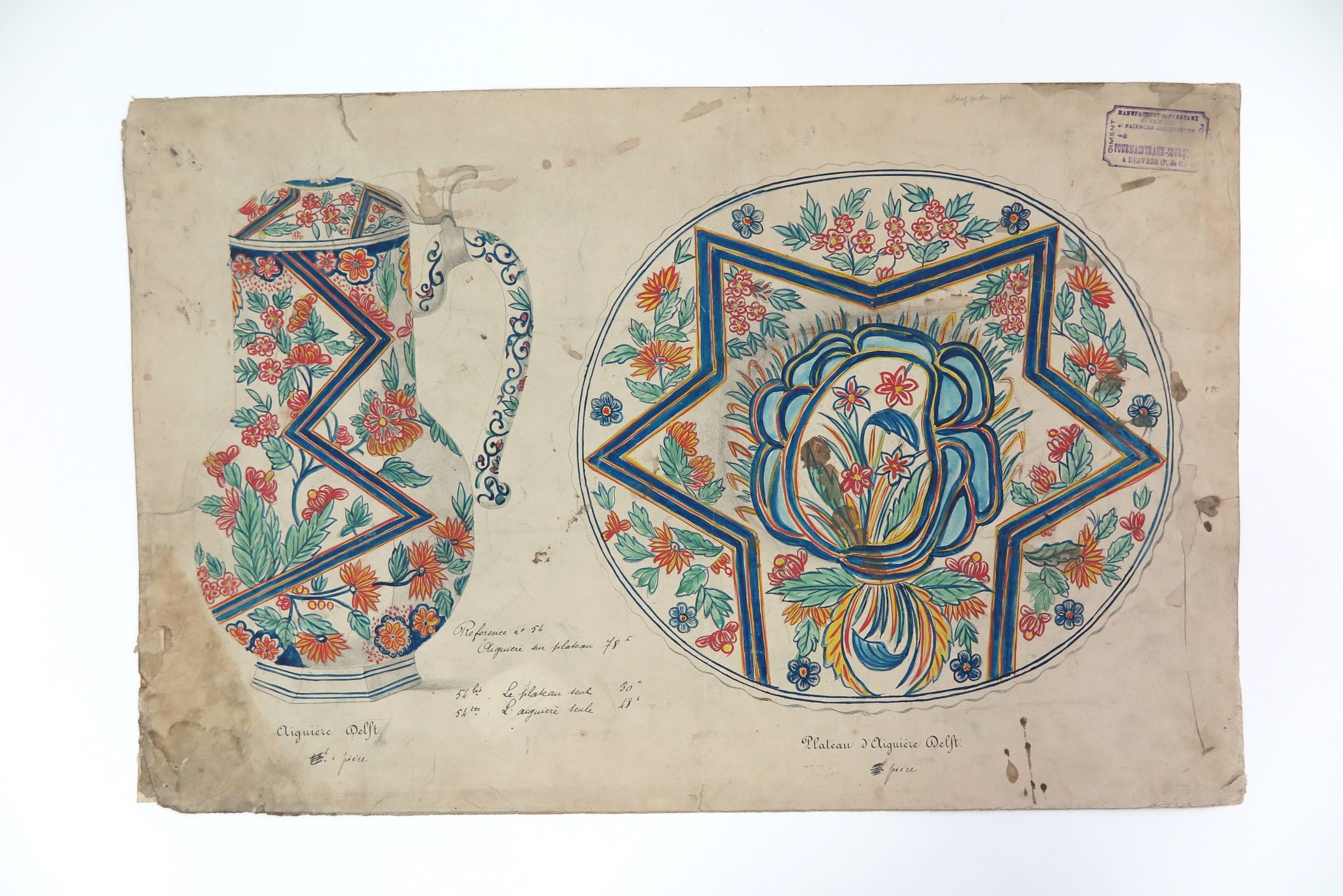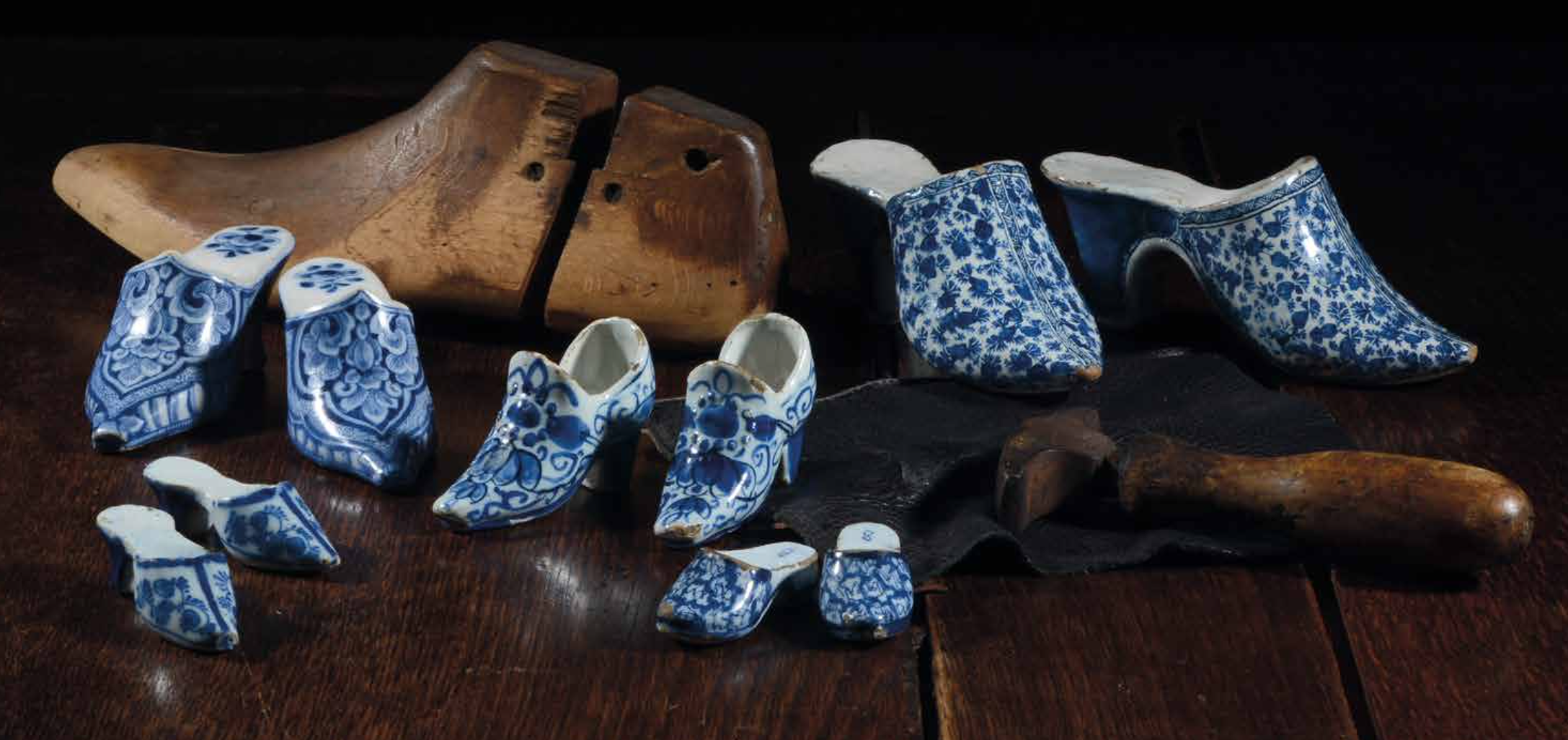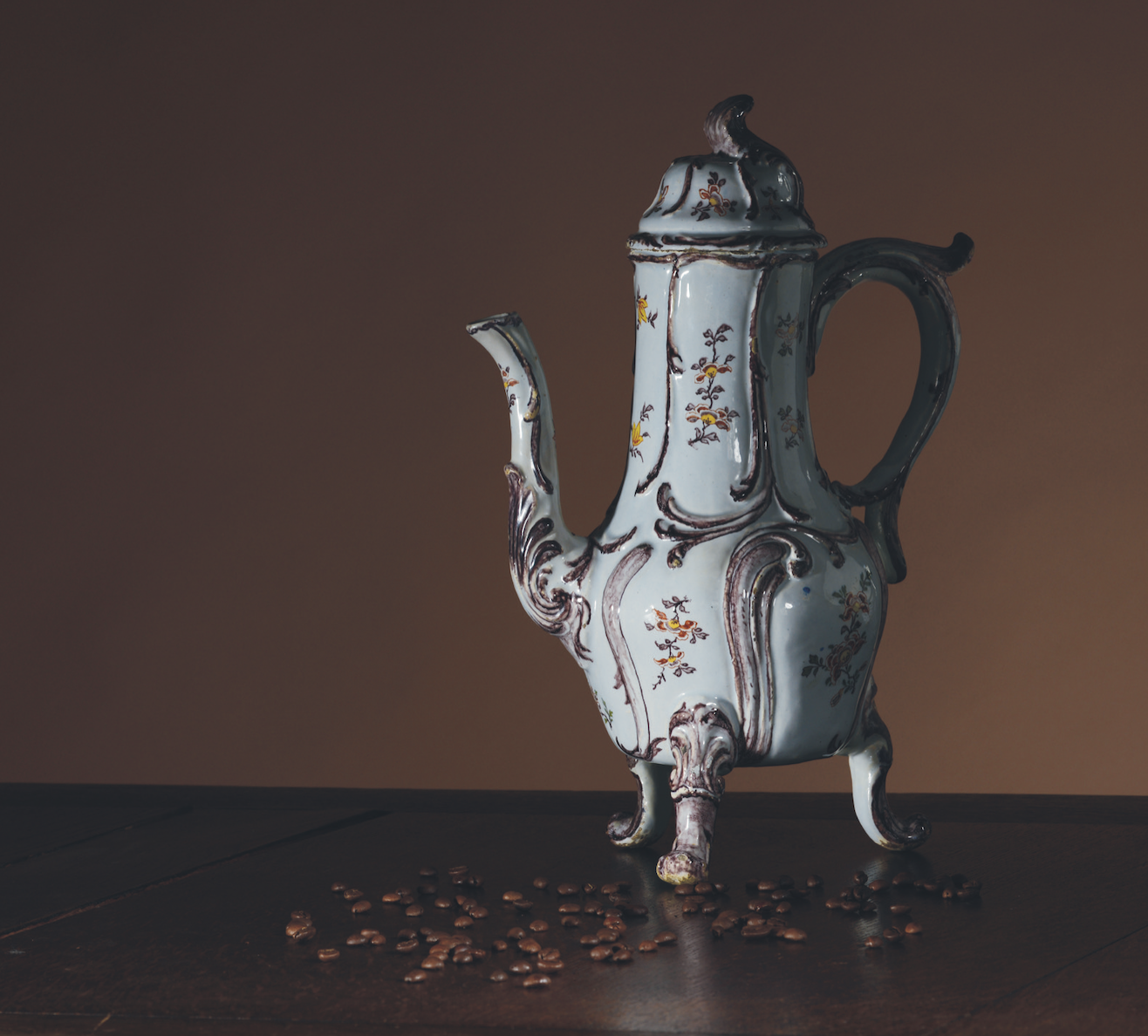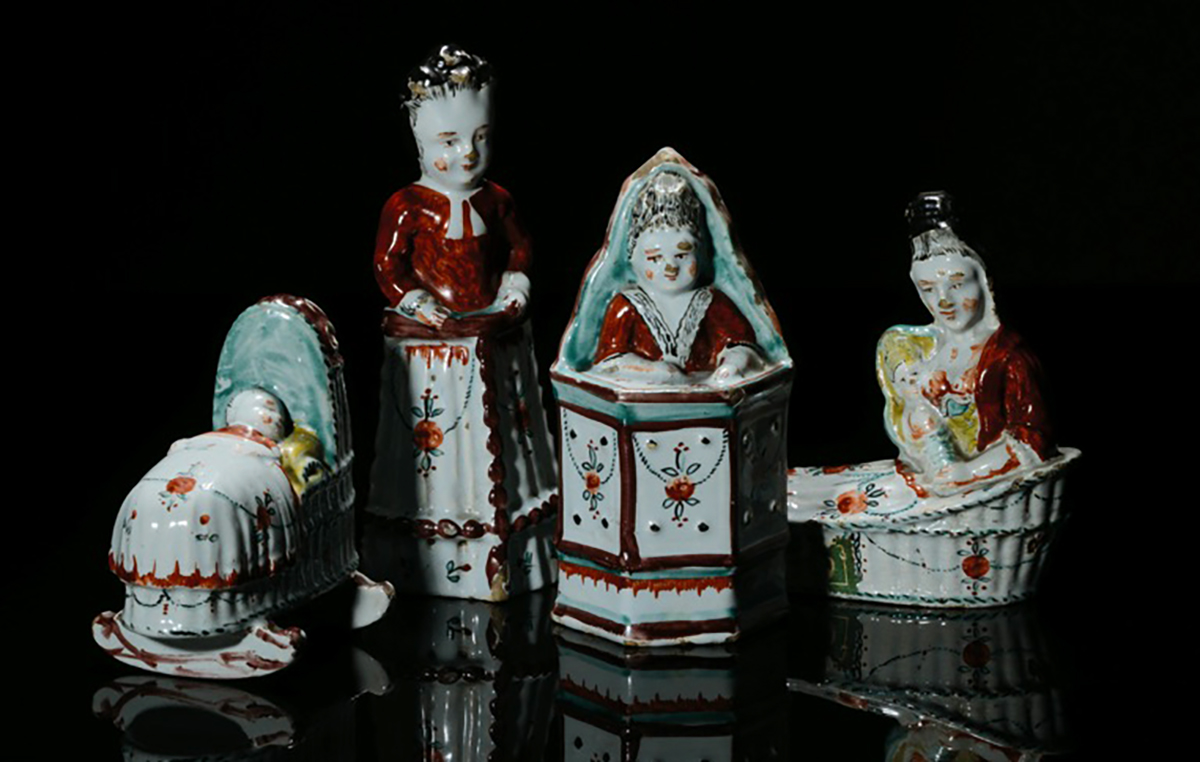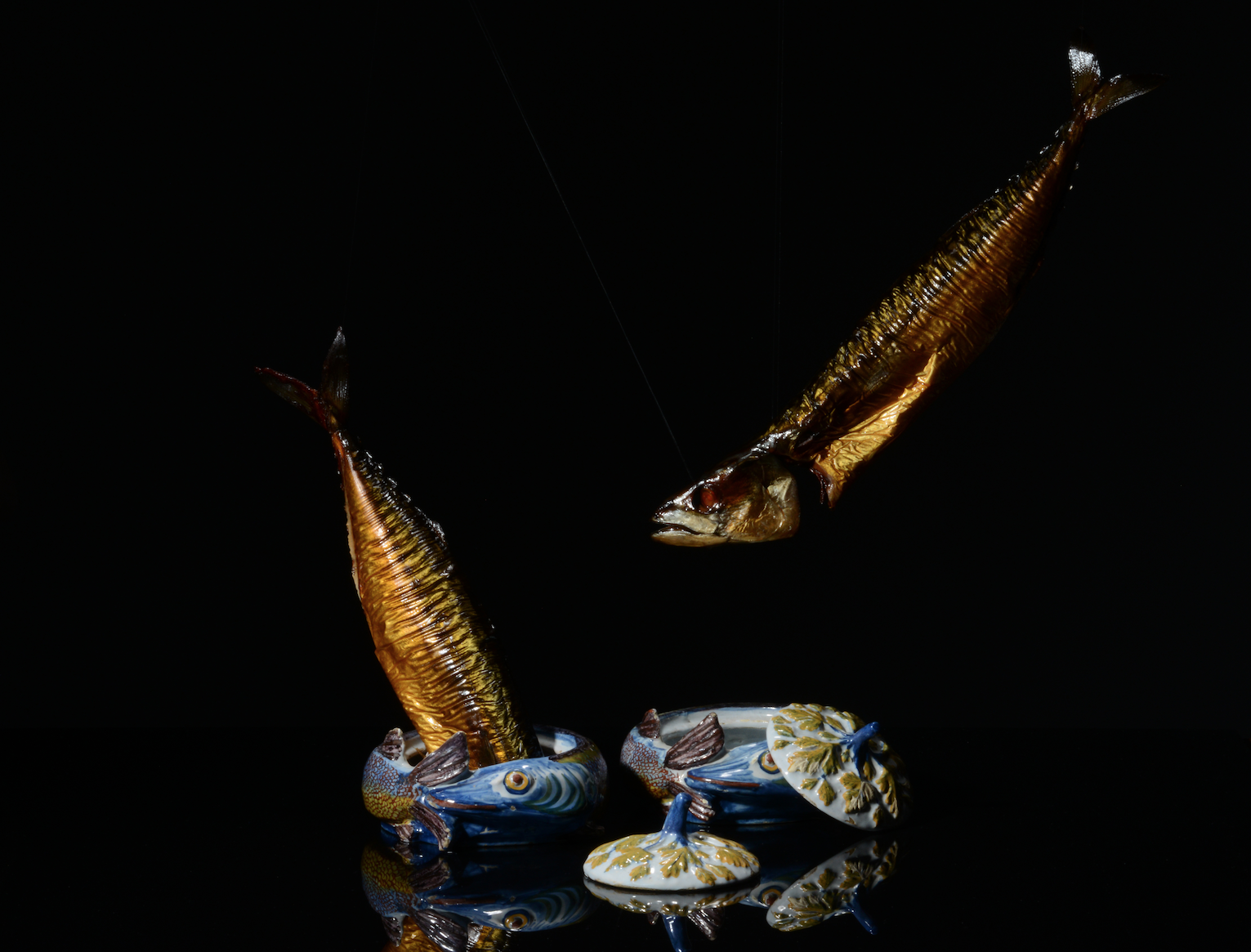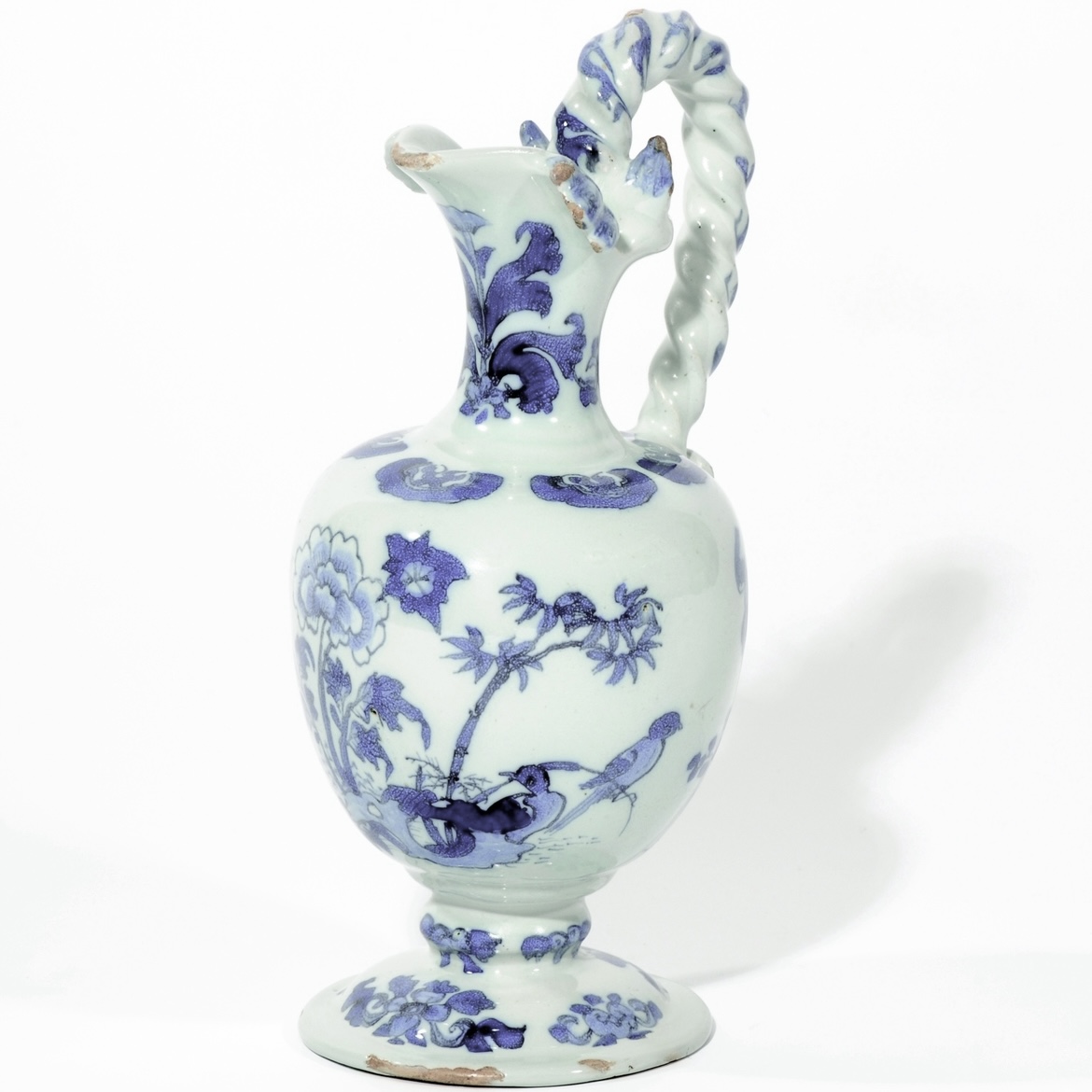Pair of Blue and White Salt Cellars
Every month we present you a special object from the Aronson Antiquairs’ collection. This month, we would like to show you this pair of blue and white salt cellars marked for Lambertus van Eenhoorn from circa 1710. Salt has been an invaluable commodity for thousands of years, used to preserve and flavor food and traded as…

